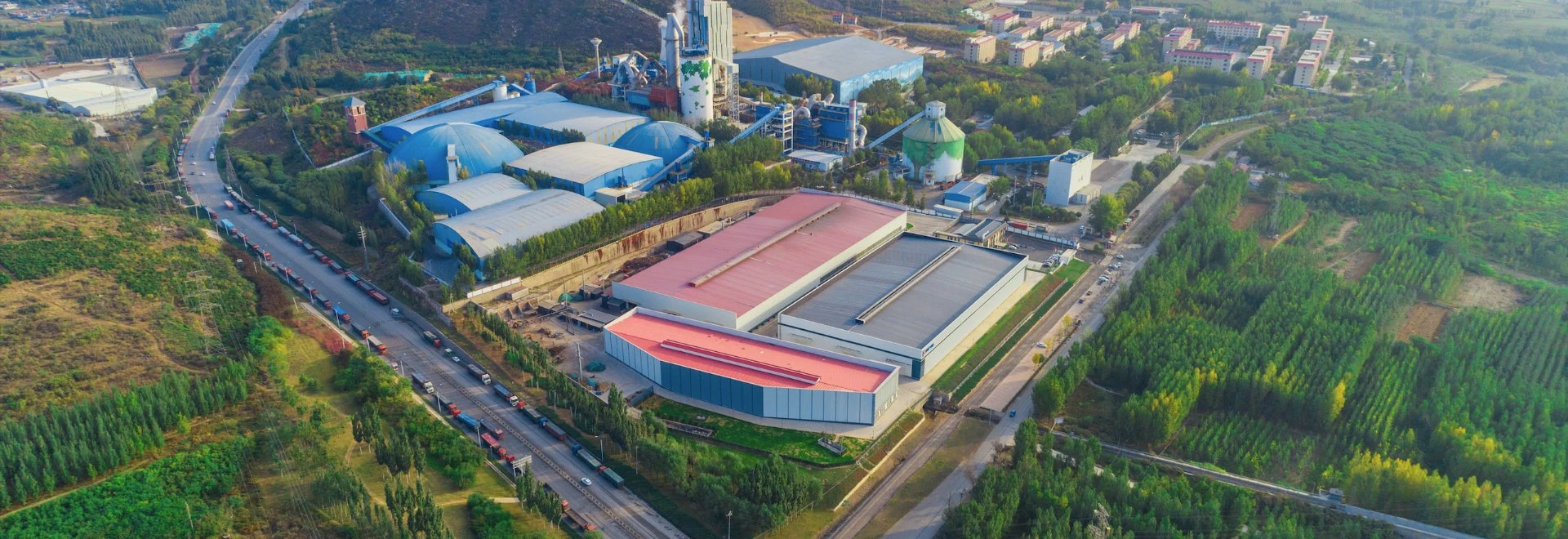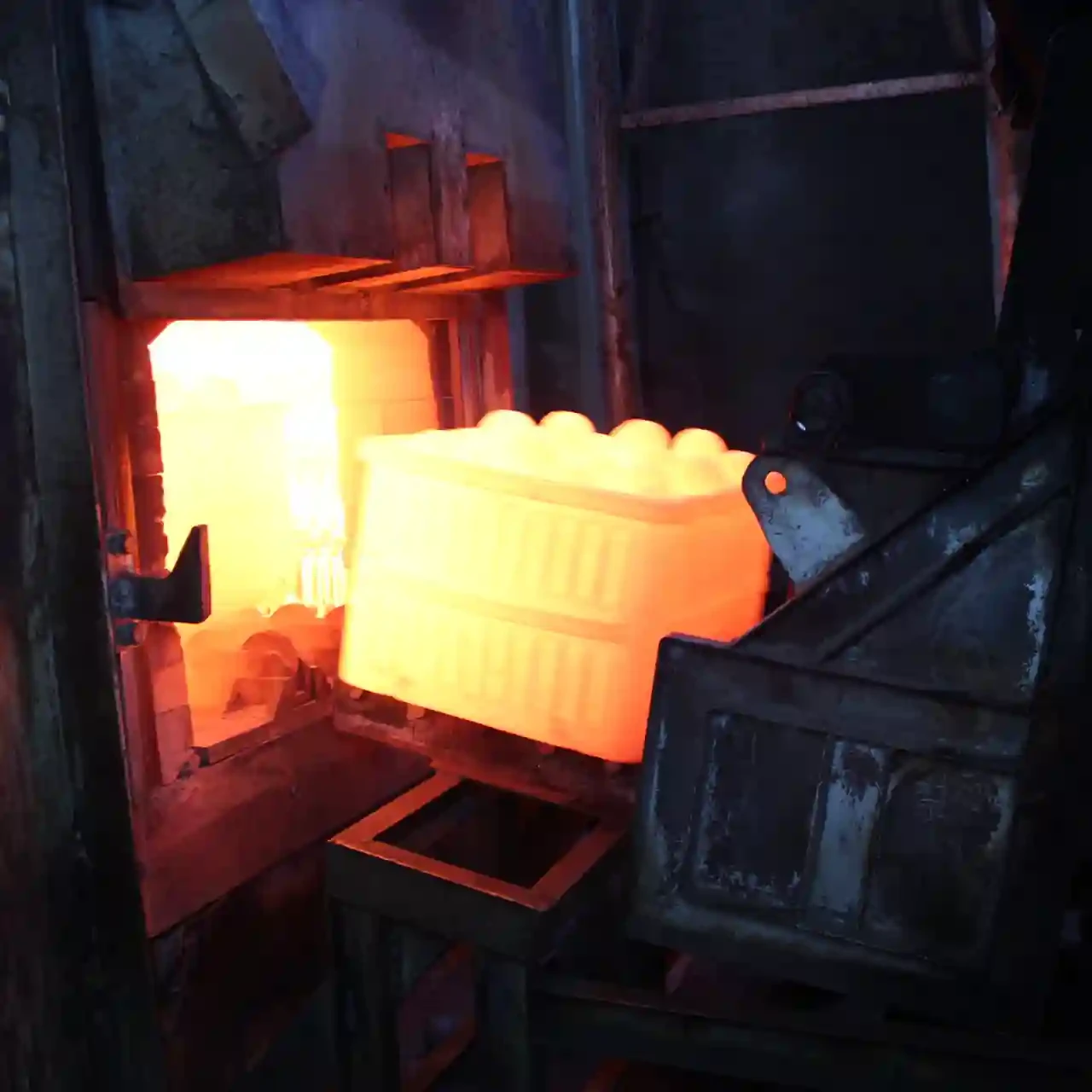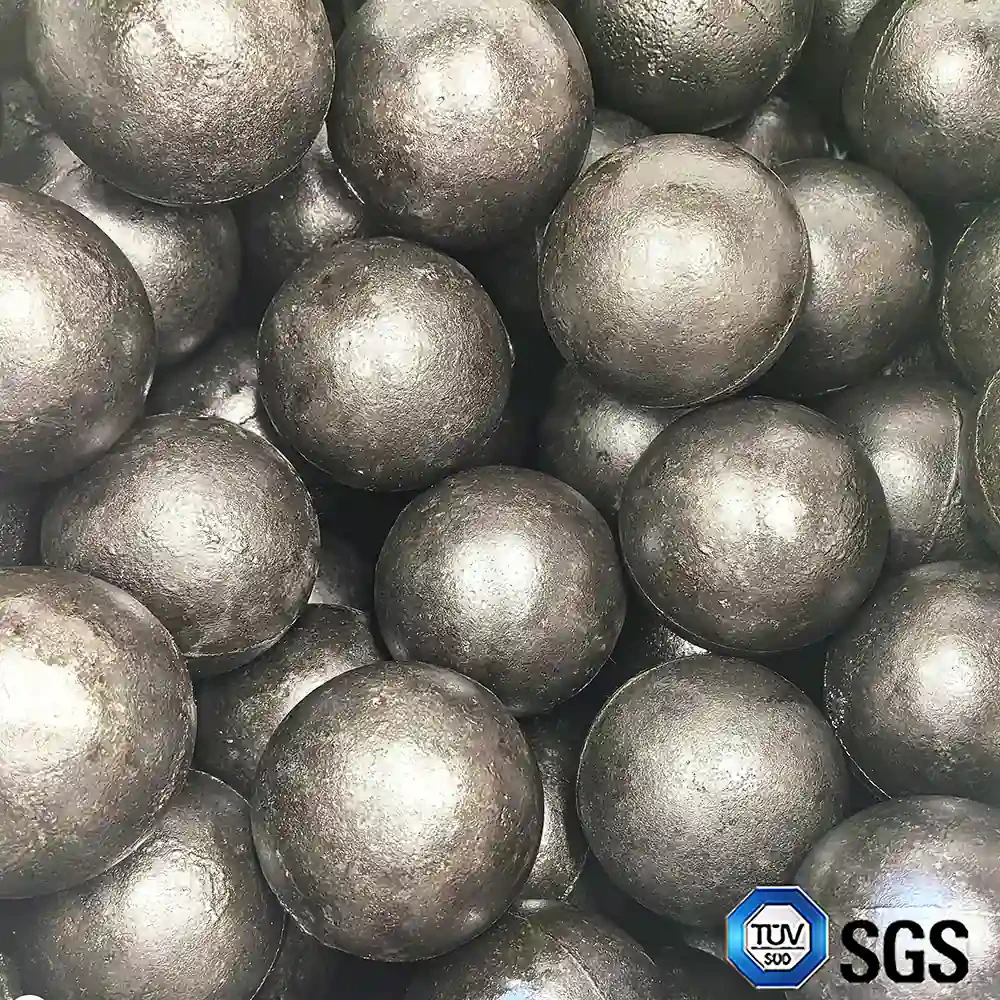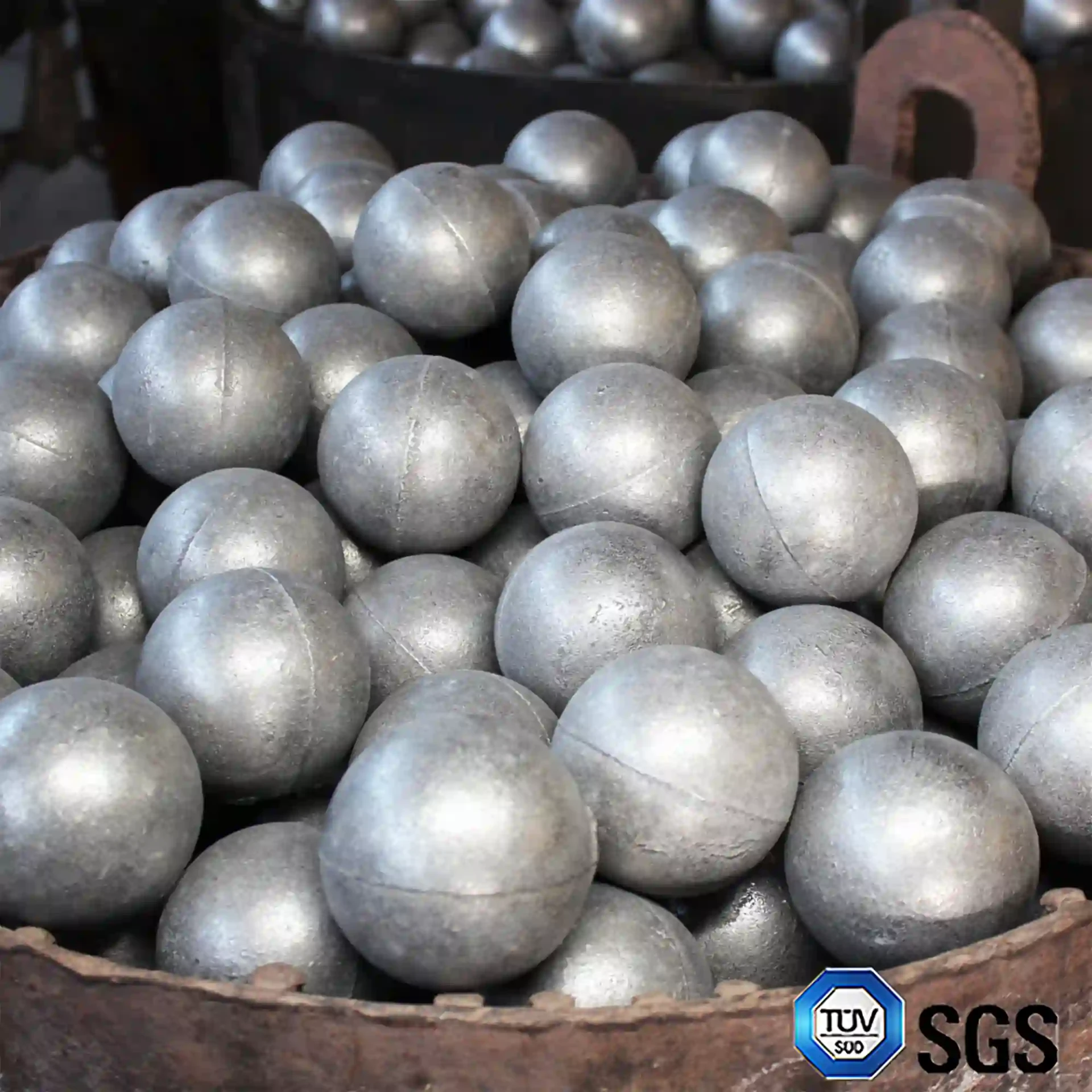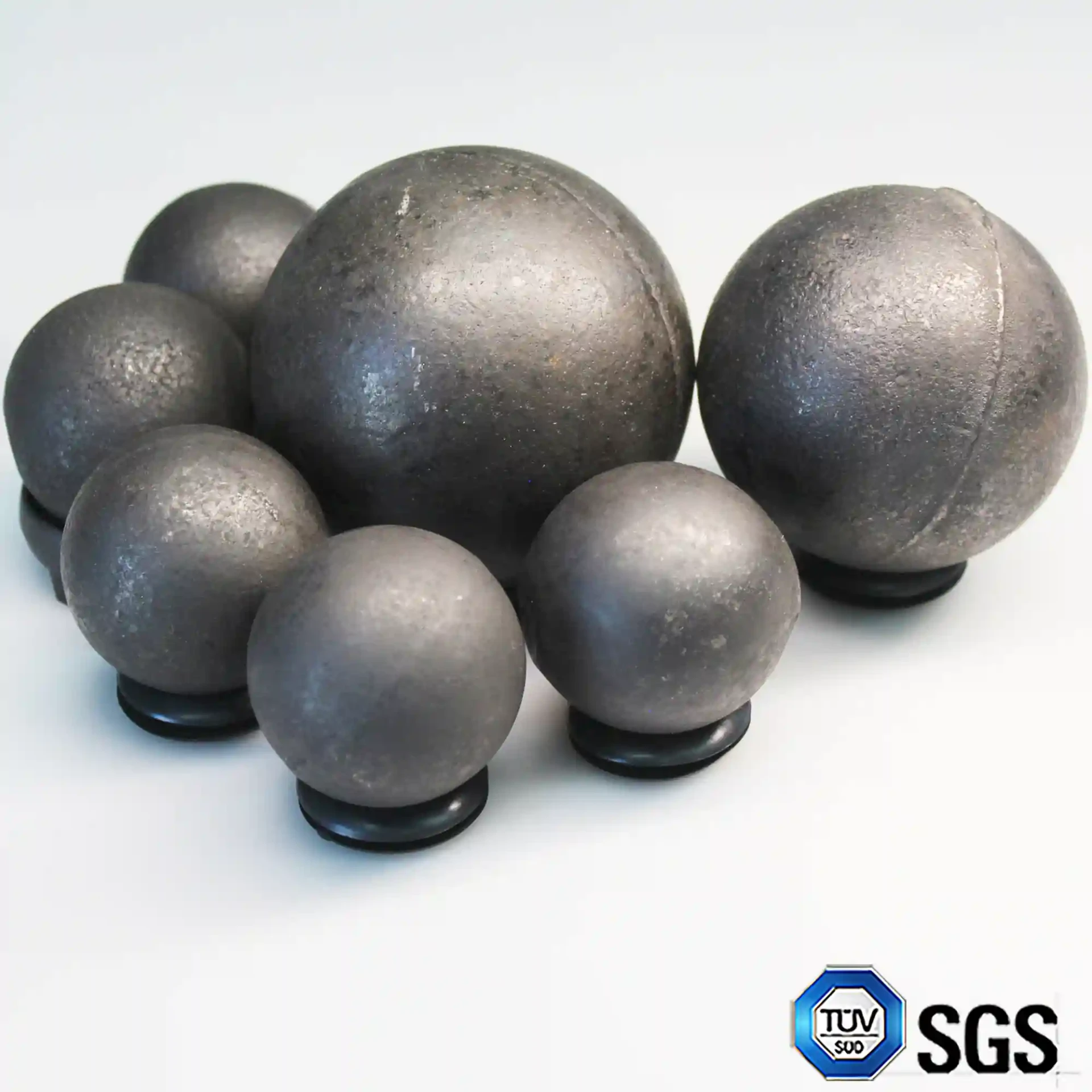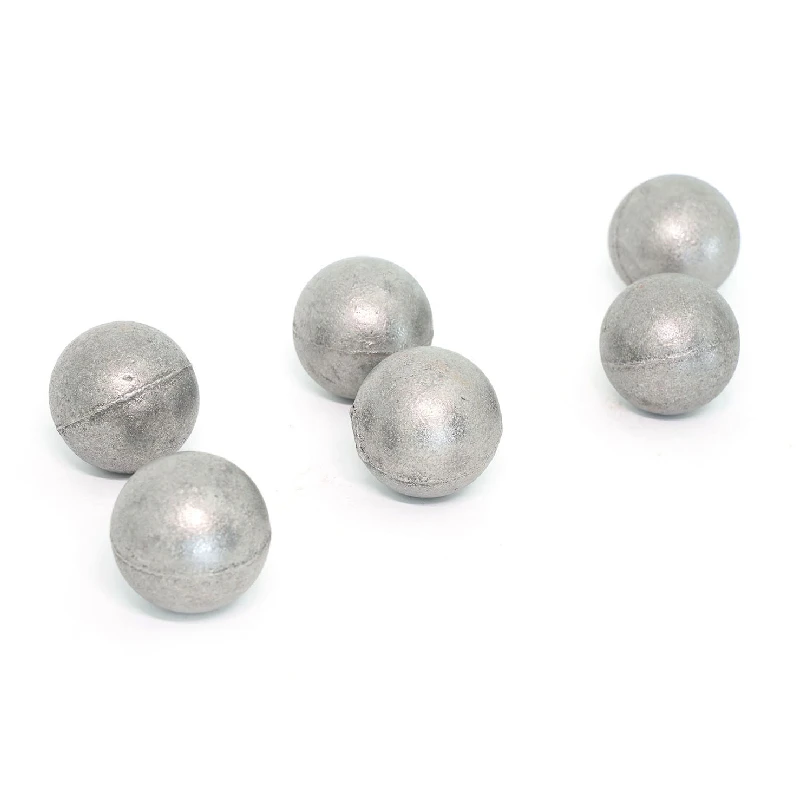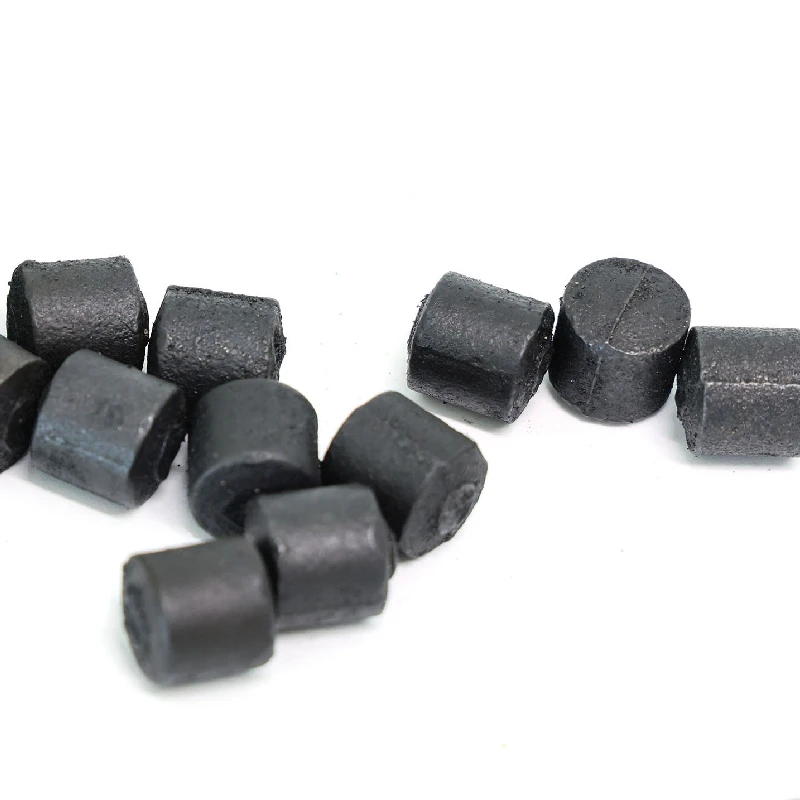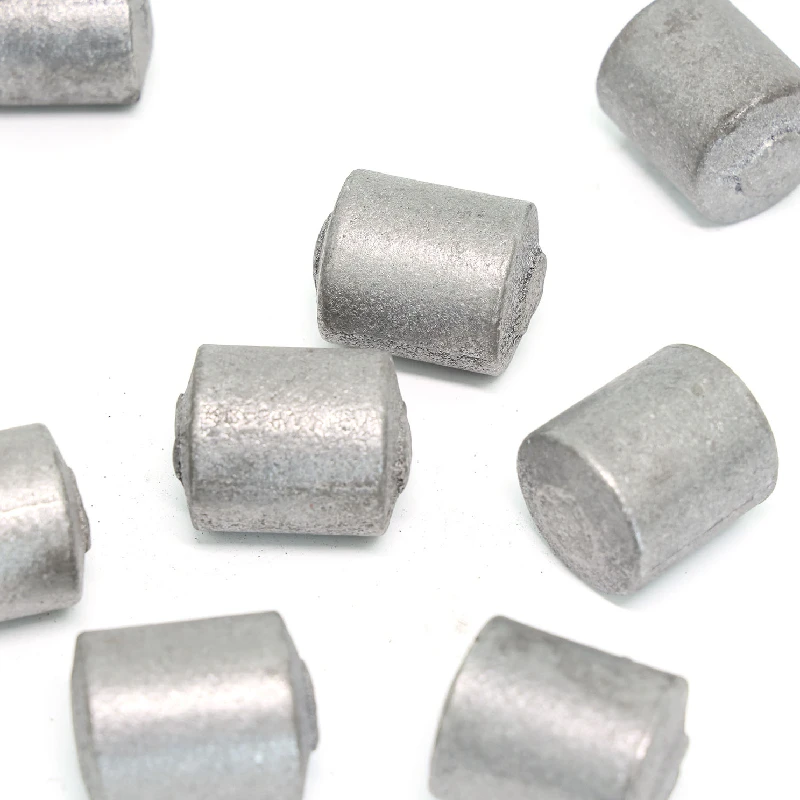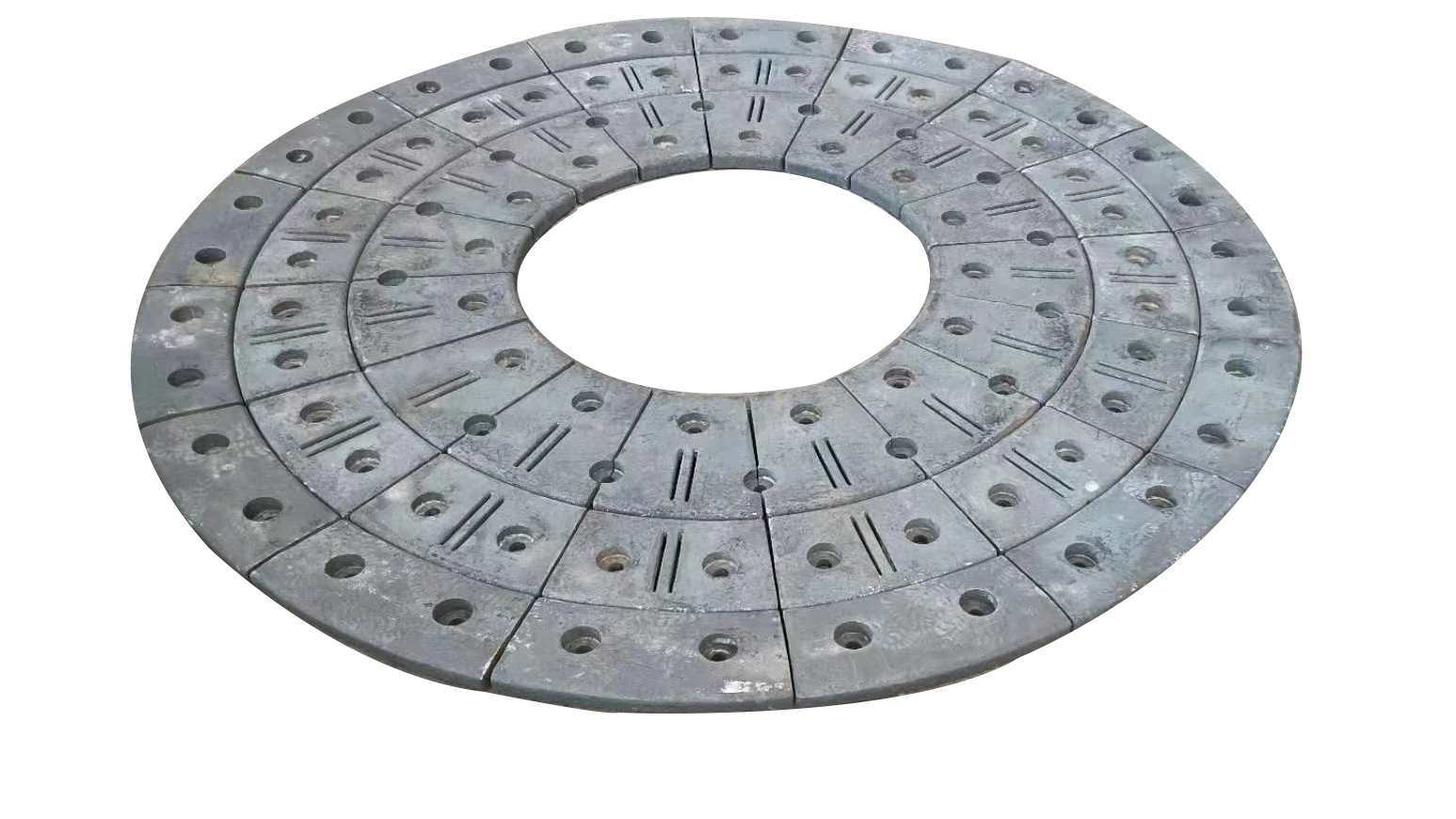Dec . 04, 2024 09:48 Back to list
건식 분쇄 볼 밀
Understanding Dry Grinding Ball Mills
Dry grinding ball mills are crucial equipment in the mineral processing, cement, and chemical industries. They are designed to efficiently reduce the size of various materials, including ore, cement clinker, and other granular solids, into fine powders. The operation of a dry grinding ball mill involves the use of balls as the grinding medium, which impart kinetic energy to the material as they collide, thus enabling size reduction through impact and attrition.
Principle of Operation
The fundamental principle behind dry grinding ball mills is the conversion of kinetic energy into mechanical energy, which occurs during the rotation of the cylinder. The cylinder, typically lined with a wear-resistant material, is filled with a combination of grinding media (balls) and the material to be processed. As the cylinder rotates, the balls are lifted and then released, causing them to fall back onto the material, effectively crushing and grinding it.
The efficiency of the grinding process is influenced by several factors, including the size and density of the grinding media, the speed of the mill, and the characteristics of the material being processed. The subject of dry grinding has garnered significant attention due to its advantages over wet grinding, particularly in terms of energy consumption and recovery of valuable minerals.
Advantages of Dry Grinding
One of the key advantages of dry grinding ball mills is the reduced energy consumption. In comparison to wet grinding, which requires the addition of water to facilitate the process, dry grinding operates without any liquid, thus minimizing energy use. This is particularly important in industrial applications where energy costs can significantly impact overall production expenses.
.
Furthermore, the dry grinding process is often simpler and requires less maintenance than wet grinding systems. Without the need for intricate water management systems and potential drainage issues, manufacturers can streamline their operations, thereby improving productivity.
건식 분쇄 볼 밀

Applications
Dry grinding ball mills are widely used across various industries. In the mineral processing industry, they are employed for the grinding of ores such as coal, copper, gold, and iron. The cement industry relies heavily on ball mills to grind clinker into finished cement. Additionally, in the production of chemicals and pharmaceuticals, these mills serve to finely grind raw materials to meet specific particle size requirements.
Moreover, the versatility of dry grinding ball mills allows for their use in the production of advanced materials, such as ceramics and nanomaterials, where precise particle size distribution is critical.
Challenges and Innovations
Despite their advantages, dry grinding ball mills also face challenges. One primary concern is the generation of heat during the grinding process. Excessive heat can lead to undesirable changes in the material characteristics or even damage to the mill itself. However, innovations such as temperature control systems and improved ventilation techniques are being implemented to address this issue, ensuring optimal grinding conditions.
Another challenge is the wear and tear of grinding media and mill liners. Over time, the grinding media can become less effective due to wear, necessitating regular replacement and maintenance. Advances in material technology have led to the development of more durable grinding media, enhancing the longevity and performance of ball mills.
Conclusion
In conclusion, dry grinding ball mills are an essential component of material processing across various industries, offering unique advantages in energy efficiency, mineral recovery, and reduced maintenance. As technology continues to evolve, the development of more efficient, durable, and innovative grinding solutions will further enhance the role of dry grinding ball mills in industrial applications. Understanding their operation and limitations is crucial for optimizing processes and achieving desired outcomes in material size reduction.
-
Ultimate Chrome Grinding Ball Solution
NewsAug.12,2025
-
Superior Wear Resistance High Chrome Grinding Ball
NewsAug.12,2025
-
Premium Grinding Cylpebs for Industrial Efficiency
NewsAug.12,2025
-
Industrial Grinding Excellence with Grinding Cylpebs
NewsAug.12,2025
-
Durable Lining Plate Solutions for Industrial Use
NewsAug.12,2025
-
Chrome Grinding Ball Powering Industrial Reliability Daily
NewsAug.12,2025
Realted Products

